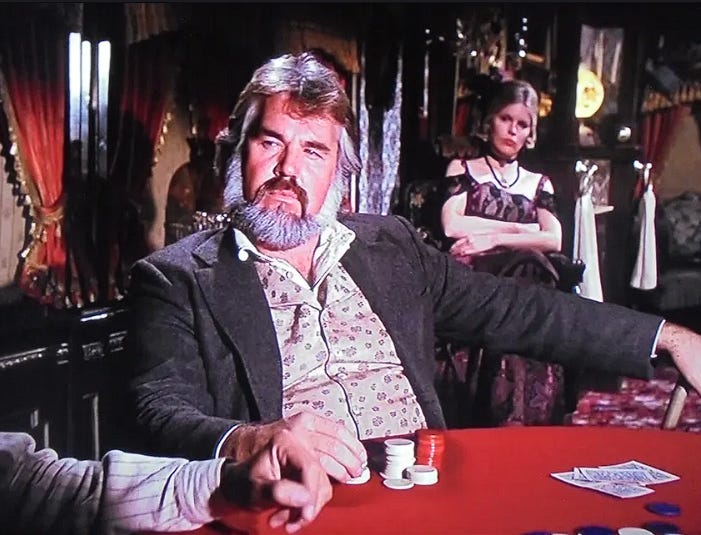Gambler's fallacy
It’s a quietly shocking experience: looking at two solid months on a chart, and noticing a market index seems to go up almost every single day. Surely, this is unnatural—“due” for a correction, right?
Yet even seasoned traders fall into patterns of gut intuition that the math simply shreds on contact.
Donuts, banter, an…




